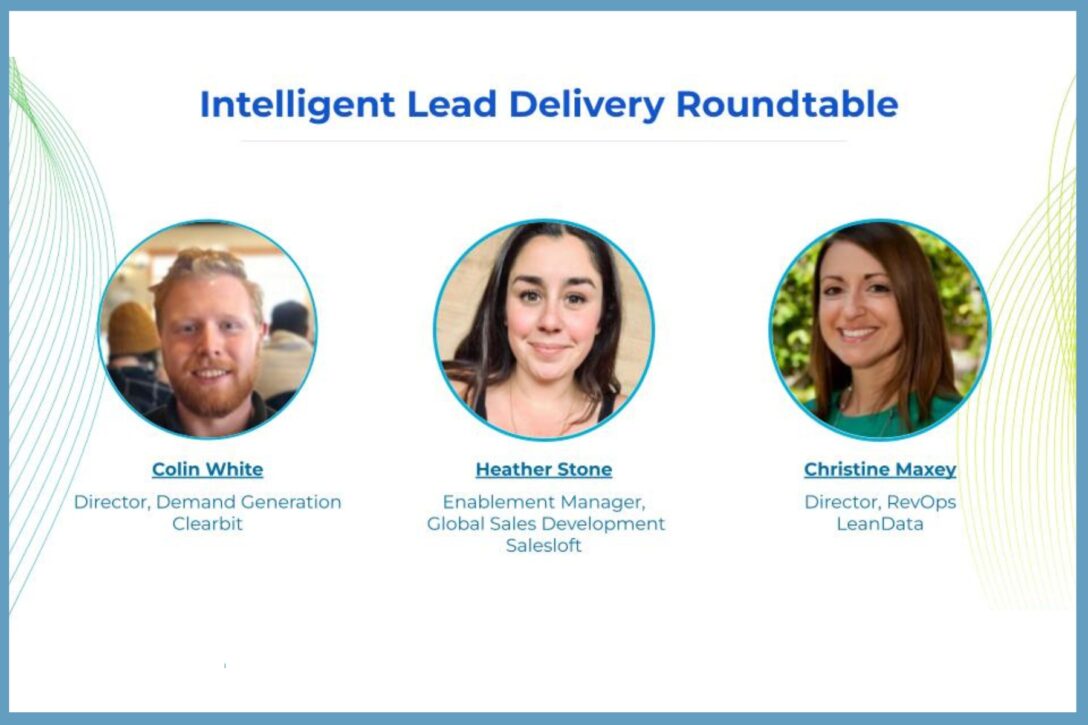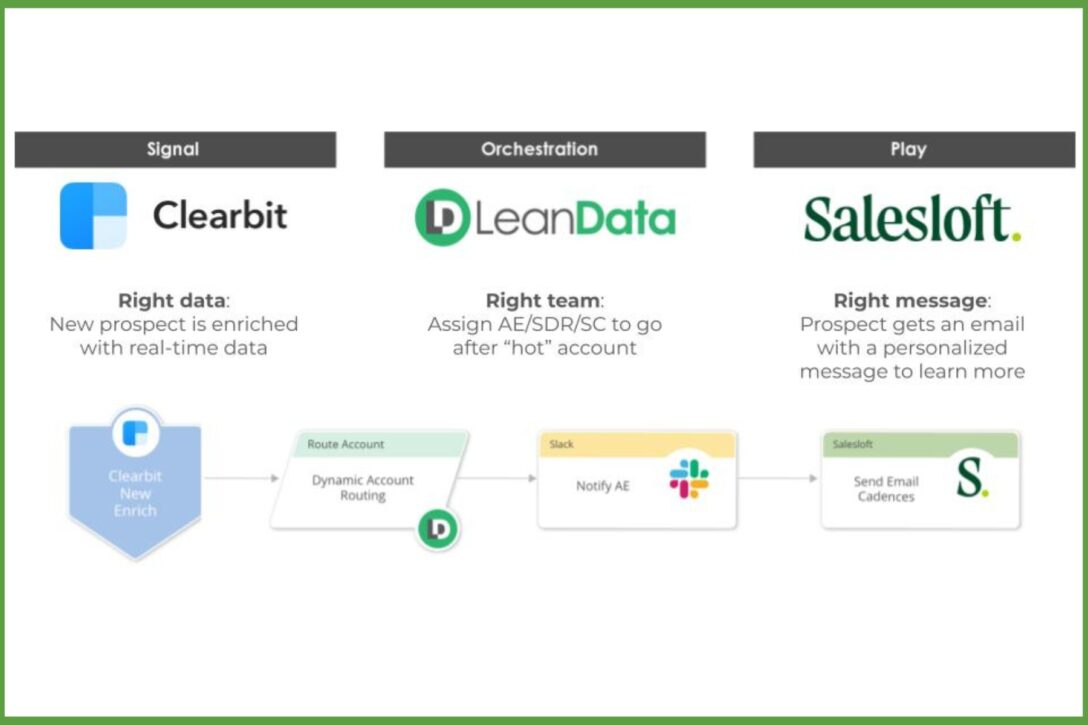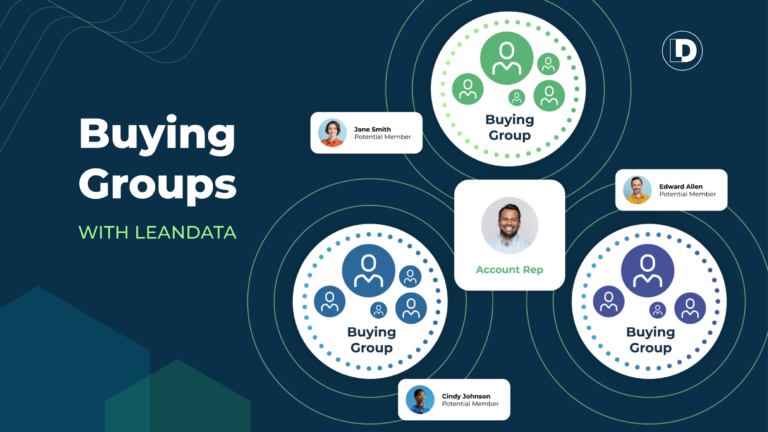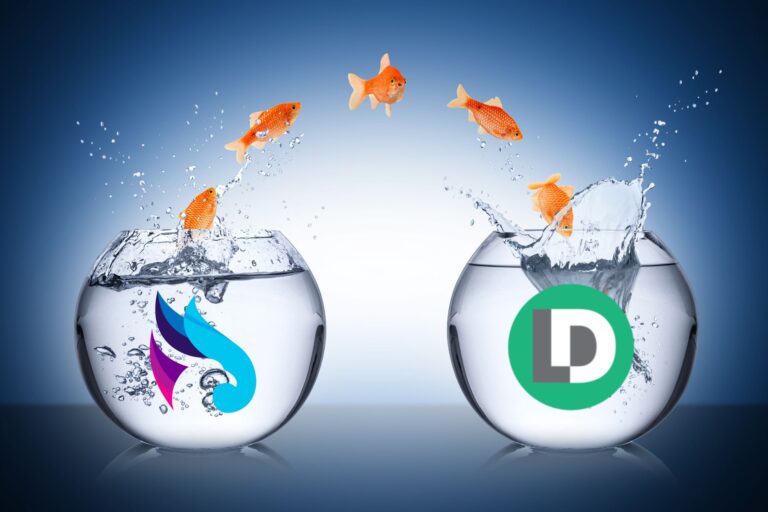Everyone knows that reaching Leads fast is important, but as it turns out, combining speed and context is the game changer to conversion.
It’s uncanny that after 20+ years of technological innovation, B2B companies are still dealing with speed to lead problems.
The proof is in the stats:
“We’ve gotten better, but things have gotten more complex,” reported Christine Maxey, LeanData’s Director of Revenue Operations, at last week’s Intelligent Lead Delivery Roundtable.
Maxey, along with panelists Colin White and Heather Stone, discussed the challenges of not only reaching leads faster, but the importance of responding more effectively with context. Here’s a quick recap of their conversation and recommendations:

Weaving Speed and Context Without Stalling
Stats don’t lie. Responding quickly to a lead is ideal, but responding without context can create a bad first impression. In fact, it often extinguishes buyer interest. In years past, context required time-consuming research. And unfortunately, time is the enemy of speed to lead.
Speed is yelling “Let’s go!” while context says, “Wait, you need this information!”
Stone explained, “To me, context means efficiency. A sales rep has five minutes to look at a lead, understand their needs, and determine how to respond. Sales is a numbers game. So having context readily available and consumable will help reps handle more volume and ultimately create more pipeline.”

A Clearbit-LeanData-Salesloft play answers the demands of both speed and context. Clearbit enriches the lead, providing context and personalization. Salesloft nurtures the lead with customized cadences. LeanData is the connective tissue that integrates the platforms, routes the lead, and makes the entire process repeatable and scalable.
Optimizing GTM Motions
Maxey shared ways the LeanData platform orchestrates GTM motions. In one example, she showed an automated sequence for high-priority leads that have been assigned a 10-minute service level agreement (SLA).
To help the Sales team meet this deadline, an automated Slack alert is sent to the respective SDR or AE. The alert includes important contextual details, and a reminder that the rep has 10 minutes to respond. If no outreach is logged after 10 minutes, the lead is then automatically routed to the next sales rep in the round robin pool.
In spite of outreach efforts, if no direct contact is made, leads are dropped into Salesloft cadences where they’ll receive messaging specifically catered to their buyer profile. All of these actions are performed through automation orchestrated in the LeanData platform.
In regards to lead orchestration, Maxey commented, “The easier my job is, the more time I can spend on revenue generating activities.” Due to LeanData’s extensive partnerships, Maxey has access to best in class technologies. And with the LeanData platform, she can weave them all together to create actionable context.

User Experience is Not Just for Future Customers
Most B2B companies work hard to create the best possible buying experience. This translates into surfacing the right buying signals, acting at the right time, sending the right message, and personalizing content. But what about the seller experience? If your employees are struggling to perform their job because of brittle code, tedious manual processes, a disconnected tech stack, or simply a lack of tools, their frustrations will seep into the buyer experience.
White recommended that organizations create a feedback loop between RevOps and/or SalesOps where Sales team members can easily point out errors in data, automation inconsistencies, misrouted leads, or implementation issues.
Looking to the Future: Context to Revenue
If speed to context is the natural evolution of speed to lead, all three panelists were asked, “What’s next?”
All three agreed that with speed to context in place, the next step is context to revenue. Stone calls it “speed to mind reading,” or using intent data to get ahead of a buyer and proactively take action before the buyer acts. It’s a paradigm shift from watching your buyer act, then responding, to predicting how your buyer will act, and taking action first.
Sounds like a great segue to a discussion on AI.










